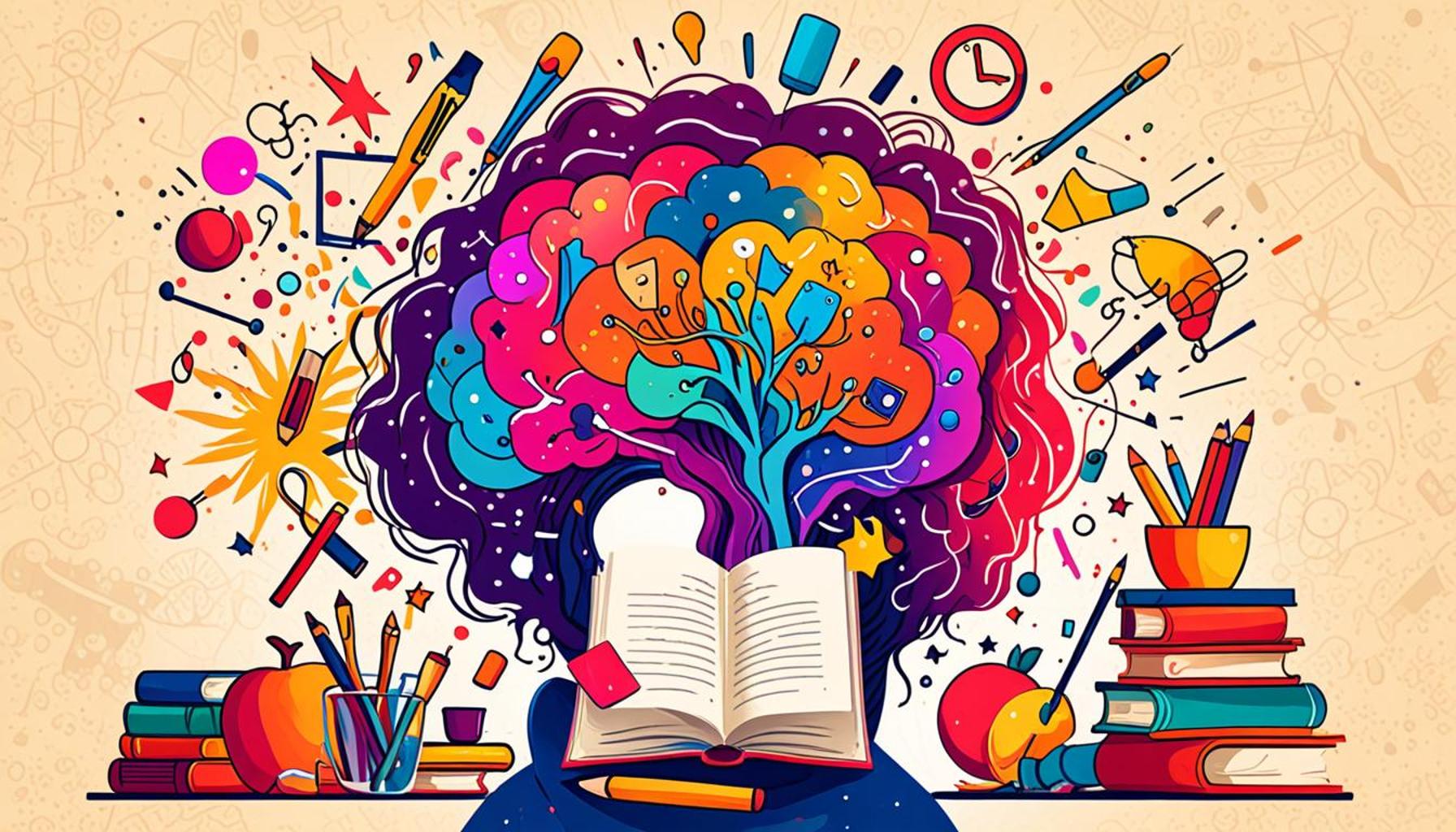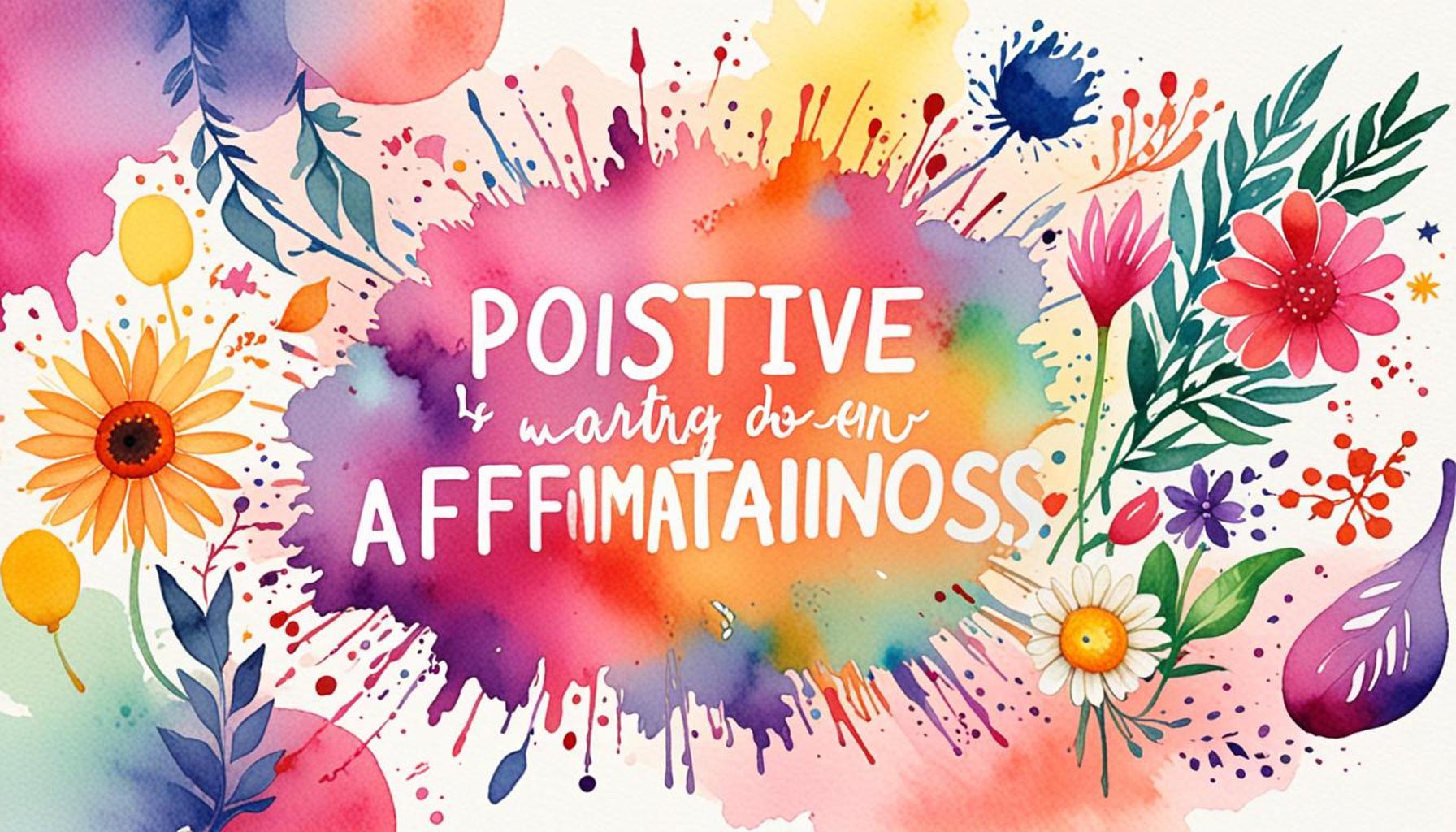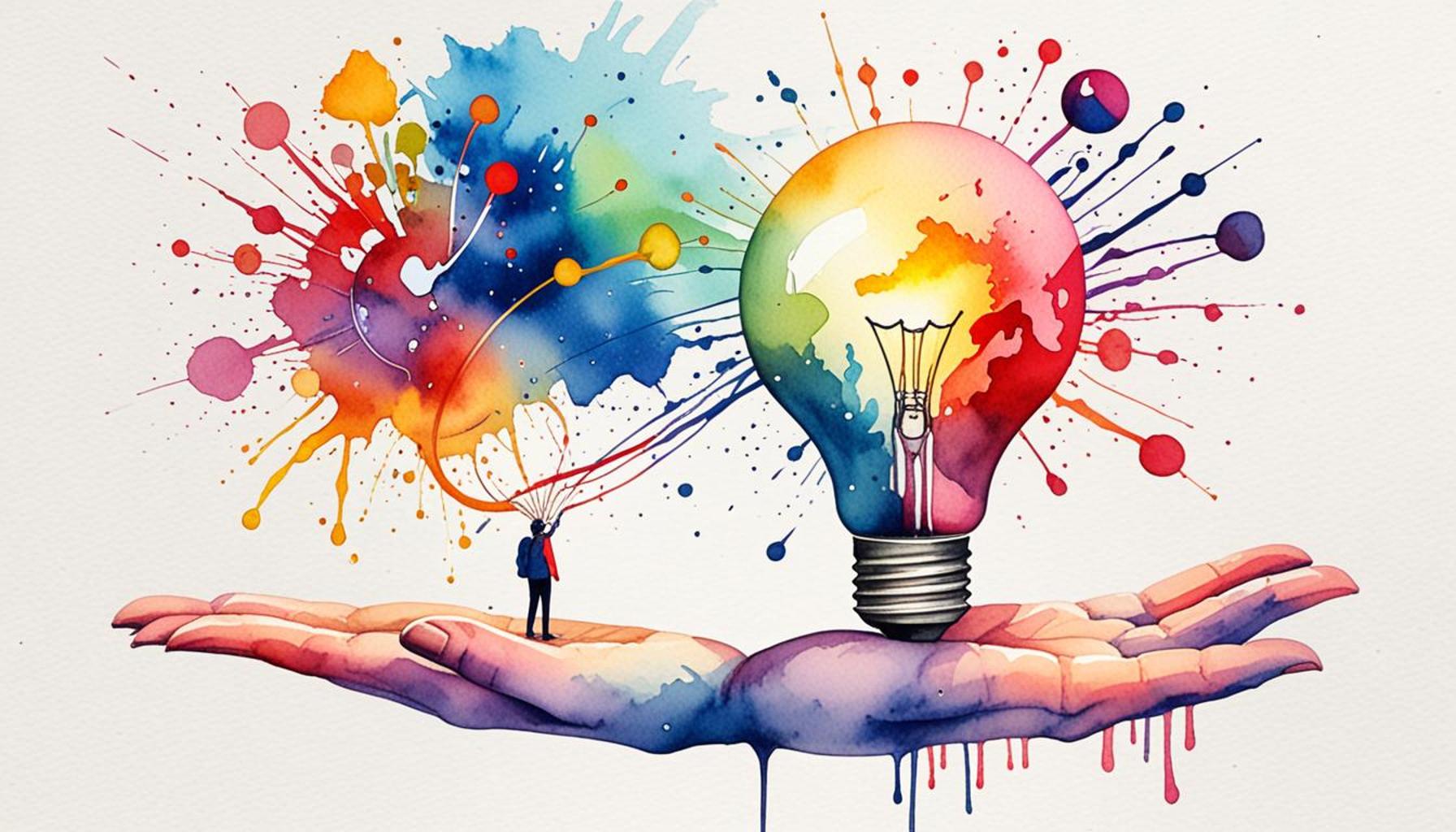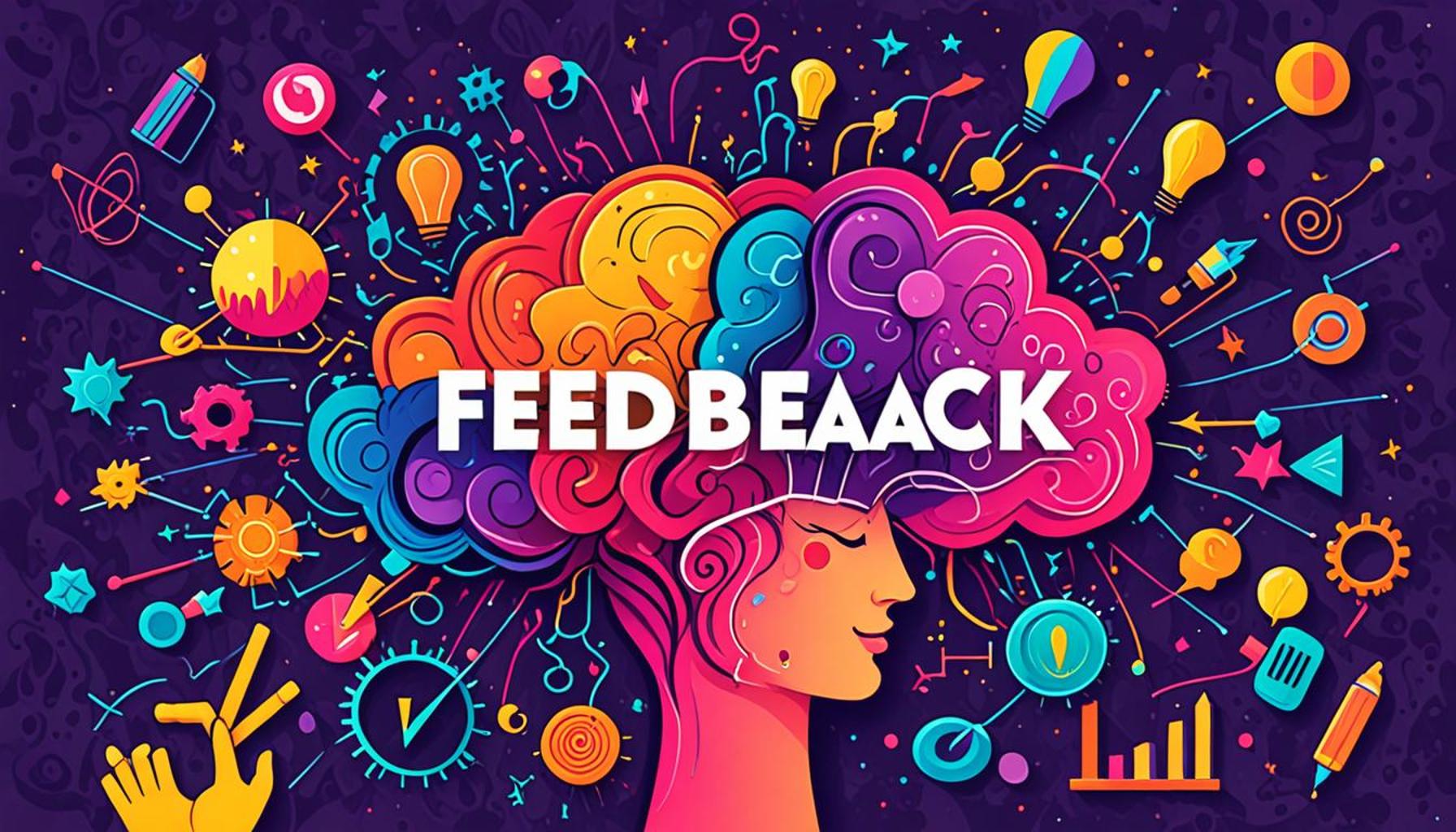How to Discover Your Learning Style Identify and Optimize Your Approach

Unlocking Your Potential Through Learning Styles
Understanding how you learn can dramatically enhance your educational journey. By identifying your unique learning style, you can tailor your study habits and optimize your approach. This exploration is not merely academic; it is a transformative process that can fundamentally change how you perceive knowledge, making it more accessible and engaging.
Why Learning Styles Matter
Many individuals struggle with traditional learning methods that may not resonate with their inherent preferences. Recognizing your learning style allows you to:
- Boost Retention: Tailoring your study techniques to fit your learning style enables you to retain information more effectively. For instance, a student who is a visual learner might remember historical facts better when presented in a colorful timeline rather than through text alone.
- Enhance Engagement: Connecting with material that resonates with your learning style can keep you motivated and interested. For example, auditory learners may find podcasts and group discussions invigorating, rather than feeling bored while reading lengthy textbooks.
- Improve Performance: Research consistently shows that learners who engage with their material in a way that suits their style tend to achieve better results. This is particularly pertinent in a competitive learning environment, such as those found in Nigeria’s universities.
Common Learning Styles
There are several widely recognized learning styles that can shape how you absorb information:
- Visual Learners: These learners prefer to use charts, graphs, images, and other visual aids. In Nigeria, incorporating vibrant visuals into presentations can significantly enhance comprehension among visual learners.
- Auditory Learners: Learners who thrive via listening benefit immensely from discussions, lectures, and podcasts. Joining study groups to discuss topics or listening to recorded lectures can be particularly beneficial for these learners.
- Kinesthetic Learners: These individuals thrive on hands-on experiences and physical activity. In a country with a rich cultural heritage, integrating traditional practices or local environments into learning—like field trips to historical sites—can yield excellent results for kinesthetic learners.
In Nigeria, it’s vital to consider cultural influences on learning. Many students blend methods taught in schools with practical, real-world experiences. For example, students from rural areas may apply classroom knowledge directly to farming techniques, creating a seamless connection between theory and practice. This mix plays a critical role in making learning relatable and effective, fostering a holistic educational experience.
As the quest for knowledge continues, exploring your personal learning style can lead to profound changes in your academic success. By combining traditional educational methods with innovative approaches tailored to your learning style, you can unlock untapped potential. Let’s dive deeper into how to discover your learning style and optimize your approach for maximum success in your educational endeavors.
SEE ALSO: Click here to read another article
Discovering Your Learning Style: A Journey of Self-Reflection
The first step in the journey to uncovering your learning style is self-reflection. Understanding how you absorb information is not a trivial matter; it requires an honest evaluation of your preferences and experiences. Start by asking yourself crucial questions: How do you find it easiest to remember information? Do you prefer visuals, sounds, or hands-on activities? This process can lead you to insights that will allow you to tailor your study methods effectively.
Self-Assessment Techniques
One of the most effective ways to identify your learning style is through various self-assessment techniques. Here are a few methods that can provide clarity:
- Questionnaires: There are numerous online quizzes designed to help you determine your learning style. These quizzes evaluate your preferences across different scenarios and can categorize you as a visual, auditory, or kinesthetic learner, among others. Websites dedicated to educational resources often provide access to these valuable tools.
- Journaling: Maintain a learning journal for a couple of weeks. Document your study habits, noting what techniques resonate with you and yield the best results. For instance, you may discover that taking notes while listening to a lecture enhances your grasp of the material.
- Feedback from Peers and Educators: Sometimes, those around you can offer insights that you may overlook. Ask friends, family, or teachers about their observations concerning your learning preferences. For instance, they might recall moments when you thrived during group discussions or when you struggled with traditional textbook learning.
Experimenting with Different Approaches
Once you have a clearer understanding of your potential learning style, it’s time to put it into practice. Experiment with a range of study techniques tailored to suit your style:
- Visual Learners: Create mind maps, infographics, or flashcards. Incorporate color and imagery into your study materials to enhance memory retention.
- Auditory Learners: Engage in listening exercises by attending lectures, watching educational videos, or discussing topics with peers. Use tools such as audiobooks or podcasts to reinforce learning.
- Kinesthetic Learners: Integrate physical activities into your learning process. For example, you might perform science experiments at home, engage in role-playing scenarios related to your studies, or conduct field visits relevant to your subject matter.
In Nigeria, where the educational landscape is diverse, it is important to incorporate cultural elements that resonate with local contexts. For example, integrating folklore or community-based stories when learning about history can make lessons more relatable for students. Finding methods that combine classroom learning with cultural experiences can lead to a richer understanding of the material.
As you embark on this journey to discover your learning style, remember that the goal is to create a harmonious blend of techniques that not only suit your preferences but also promote optimal learning. With each carefully chosen method, you pave the way to academic success and a more fulfilling educational experience.
| Category | Description |
|---|---|
| Visual Learning | Visual learners benefit from seeing information, utilizing diagrams, charts, and imagery. |
| Auditory Learning | Auditory learners thrive on listening to lectures and discussions, valuing sound-based learning tools. |
| Kinesthetic Learning | Kinesthetic learners engage best through hands-on activities, emphasizing movement and doing. |
| Reading/Writing Learning | These learners excel in written contexts, thriving on reading and writing tasks. |
Identifying your learning style can significantly influence your educational experience. Understanding whether you are a visual, auditory, kinesthetic, or reading/writing learner allows you to optimize your study strategies effectively. For instance, a visual learner might utilize color-coded notes and graphic organizers, while an auditory learner may benefit from podcasts or discussion groups. These approaches lead to better retention and understanding of material. Moreover, tailoring your learning strategies to your style can boost your motivation and engagement. By leveraging techniques that resonate with your preferences, whether it’s through creating mind maps or engaging in group study sessions, you can enhance your overall learning journey. Exploring these learning styles not only facilitates personal growth but also equips you with vital tools to approach challenges across various educational platforms and environments.
SEE ALSO: Click here to read another article
Applying Your Learning Style to Real-Life Situations
Understanding your learning style is just the first step; applying that knowledge in real-life situations is where the magic happens. This transformation can take numerous forms, suited to different educational environments, whether they be in a classroom, at home, or in a professional setting. The ability to adapt and utilize your learning preferences effectively can lead to improved retention of information and greater academic success.
Creating a Customized Learning Environment
First and foremost, consider the physical space in which you study or work. This can dramatically impact your ability to focus and absorb information. Visual learners may benefit from a well-organized desk with colorful charts and posters, whereas auditory learners might prefer a quieter space where they can listen to recorded lectures without distractions. For those identified as kinesthetic learners, incorporating furniture that allows for movement, such as standing desks or bean bags, can promote an engaging study atmosphere.
In Nigerian educational contexts, where formal settings often dictate the learning environment, students can create personalized spaces in homes that cater to their unique learning styles. Utilize community resources, such as libraries or study groups, as avenues for collaboration and discussion, particularly advantageous for auditory learners who thrive on dialogue.
Leveraging Technology for Enhanced Learning
Technology plays a fundamental role in optimizing learning experiences. Various digital tools and platforms can cater to diverse learning styles. For visual learners, apps that allow for the creation of mind maps or digital flashcards can enrich their understanding of complex topics. Programs like Google Classroom or Trello can help in organizing study materials and deadlines visually.
For auditory learners, numerous resources are available. Educational podcasts, language learning apps with spoken lessons, or platforms like YouTube that offer tutorial videos can be profoundly advantageous. In Nigeria, platforms such as Turobose offer a host of educational videos that can support different subjects in engaging ways.
For kinesthetic learners, technology can provide practical applications of theories. Virtual labs in subjects like chemistry or biology offer hands-on experience without the constraints of a physical lab. Online tutorials that require you to follow along and complete tasks can further reinforce the learning process.
Collaborating and Networking to Enhance Understanding
Collaboration can serve as a powerful tool in optimizing your learning style. Whether through group study sessions, peer tutoring, or community-based projects, engaging with others can strengthen your grasp of material. Visual learners might create collaborative presentations, while auditory learners could lead group discussions to facilitate verbal processing of information. For kinesthetic learners, setting up workshops or learning stations where interactive activities can take place would be beneficial.
In Nigeria’s vibrant educational ecosystem, group projects often align with cultural practices of community and cooperation. Students can adapt traditional storytelling or group art presentations to teach concepts across various subjects. This not only becomes a knowledge-sharing experience but also resonates with local cultural narratives that enhance retention.
Ultimately, discovering and applying your learning style is a dynamic journey that continues to evolve. By assessing and fine-tuning your approaches and environments, you can enhance your academic and lifelong learning experiences. Cultivating self-awareness and adaptability allows you to not only navigate the complexities of education but also thrive within it.
SEE ALSO: Click here to read another article
Conclusion: Embrace Your Learning Journey
In the quest to discover your learning style, the commitment to self-awareness is paramount. By identifying whether you are a visual, auditory, or kinesthetic learner, you unlock a pathway toward enriching your educational experiences in various environments, be it in the classroom, at home, or in the workplace. This knowledge empowers you to craft tailored learning strategies that can greatly improve information retention and academic achievement.
As we explored, creating an optimal learning environment and leveraging technology are essential practical steps to enhance your learning journey. Adapting your space in a way that aligns with your preferences fosters concentration, while utilizing innovative digital tools opens up new ways to engage with material. Furthermore, collaboration with peers not only enhances understanding but also taps into the collective cultural narratives that resonate deeply within the Nigerian context.
Ultimately, the exploration of your learning style is not merely a one-time task; it is an ongoing process that requires continual refinement and adjustment. Stay open to new strategies and methodologies as you advance through different phases of life. This journey supports not only academic and professional development but also personal growth and lifelong learning, preparing you to meet the challenges of a rapidly evolving world.
So, dive deep into this enlightening journey of discovering your unique learning style, and let it serve as a springboard for your educational aspirations, strategies, and successes. Remember, the path to optimized learning is as much about the destination as it is about the dynamic experiences you gather along the way.


